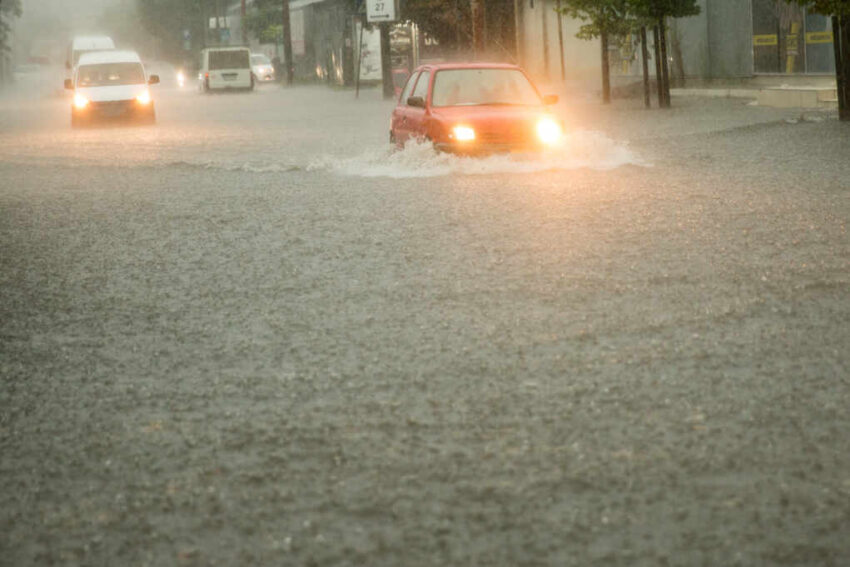Flash flood warnings were escalated after midnight—long after waters began rising—leaving Texas residents unprepared and vulnerable in their sleep.
At a Glance
- Flash flood alerts in southeast Texas escalated between 1:45 and 3:15 a.m.
- Many residents were asleep when life-threatening warnings were issued.
- At least 24 people died; more than 20 children remain missing.
- Floodwaters breached homes before most residents received alerts.
- Officials are under fire for response delays and poor alert timing.
Midnight Mayhem
A Wall Street Journal investigation reveals that escalating flash flood alerts arrived between 1:45 and 3:15 a.m.—well after intense rainfall had already triggered rising river levels. Many residents were asleep when National Weather Service alerts turned “life-threatening,” leaving families little time to evacuate.
In multiple cases, floodwaters entered homes before residents were even aware of the danger. First responders later reported finding people stranded in attics, trapped in vehicles, or swept away while attempting escape in pitch darkness.
Watch a report: ‘We Slept Through the Warnings’: Night Flood Panic
https://www.youtube.com/watch?v=3XG7bY39xqg
System Failure or Human Error?
State officials are now facing scrutiny over whether warning systems failed to escalate fast enough. While standard alerts were issued hours earlier, residents say those notifications didn’t reflect the true scale of the threat. A 2:00 a.m. upgrade to a “catastrophic” warning came too late for families already cut off by rising water.
Experts argue that the system must account for human behavior—specifically that most people are asleep between midnight and 5:00 a.m. “You need loud, disruptive alerts when lives are at risk in the night,” one emergency analyst said.
Lives Lost, Questions Raised
At least 24 people died, and more than 20 children remain missing. Recovery crews continue to search homes and waterways across Montgomery, Harris, and Liberty counties. Grieving families are demanding answers—asking why life-saving alerts weren’t louder or earlier.
The tragedy has reignited debate over disaster readiness in flood-prone areas. As climate events intensify, experts warn, America’s emergency alert system must evolve—or risk even greater losses in the dark.
Click this link for the original source of this article.
Author: Editor
This content is courtesy of, and owned and copyrighted by, https://deepstatetribunal.com and its author. This content is made available by use of the public RSS feed offered by the host site and is used for educational purposes only. If you are the author or represent the host site and would like this content removed now and in the future, please contact USSANews.com using the email address in the Contact page found in the website menu.








